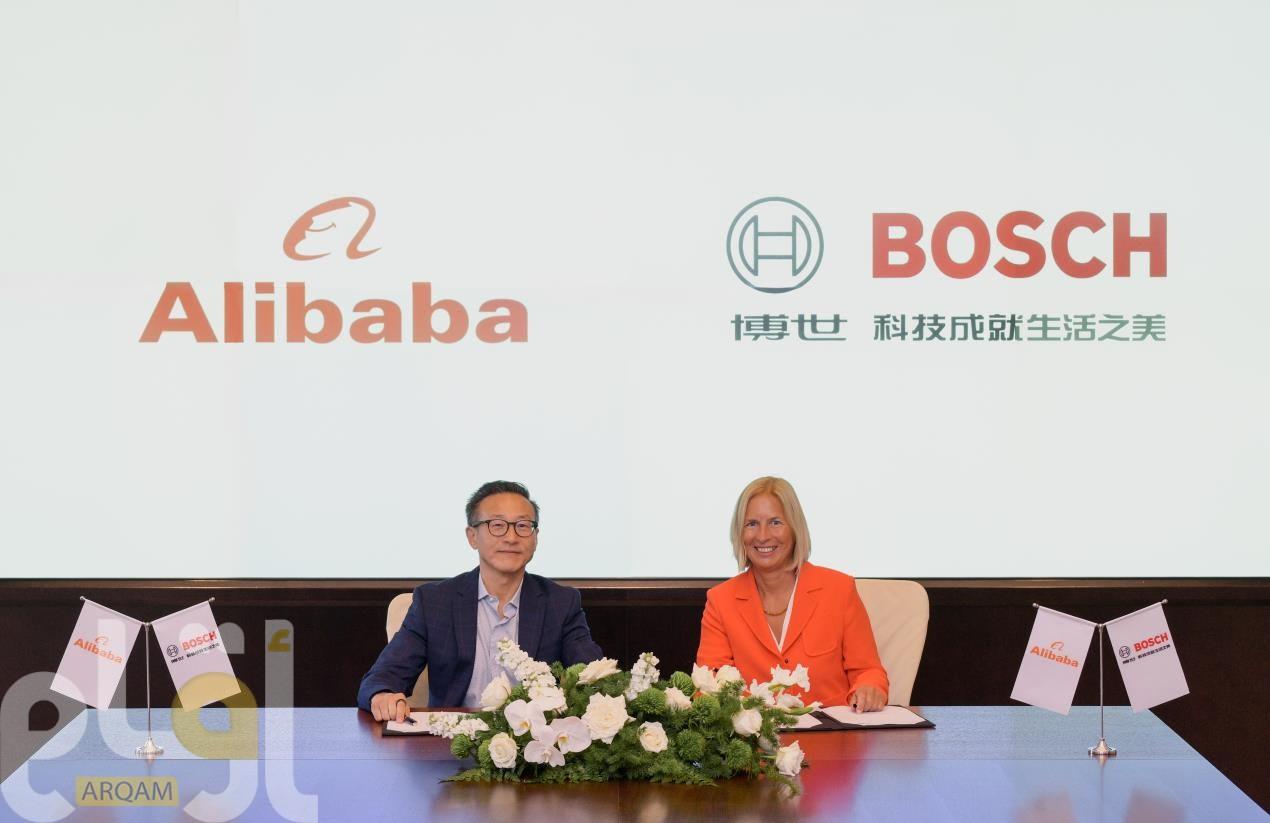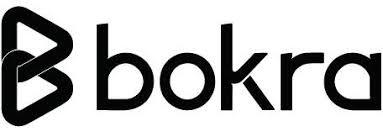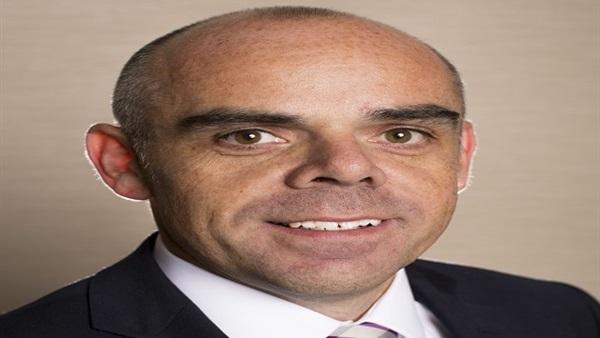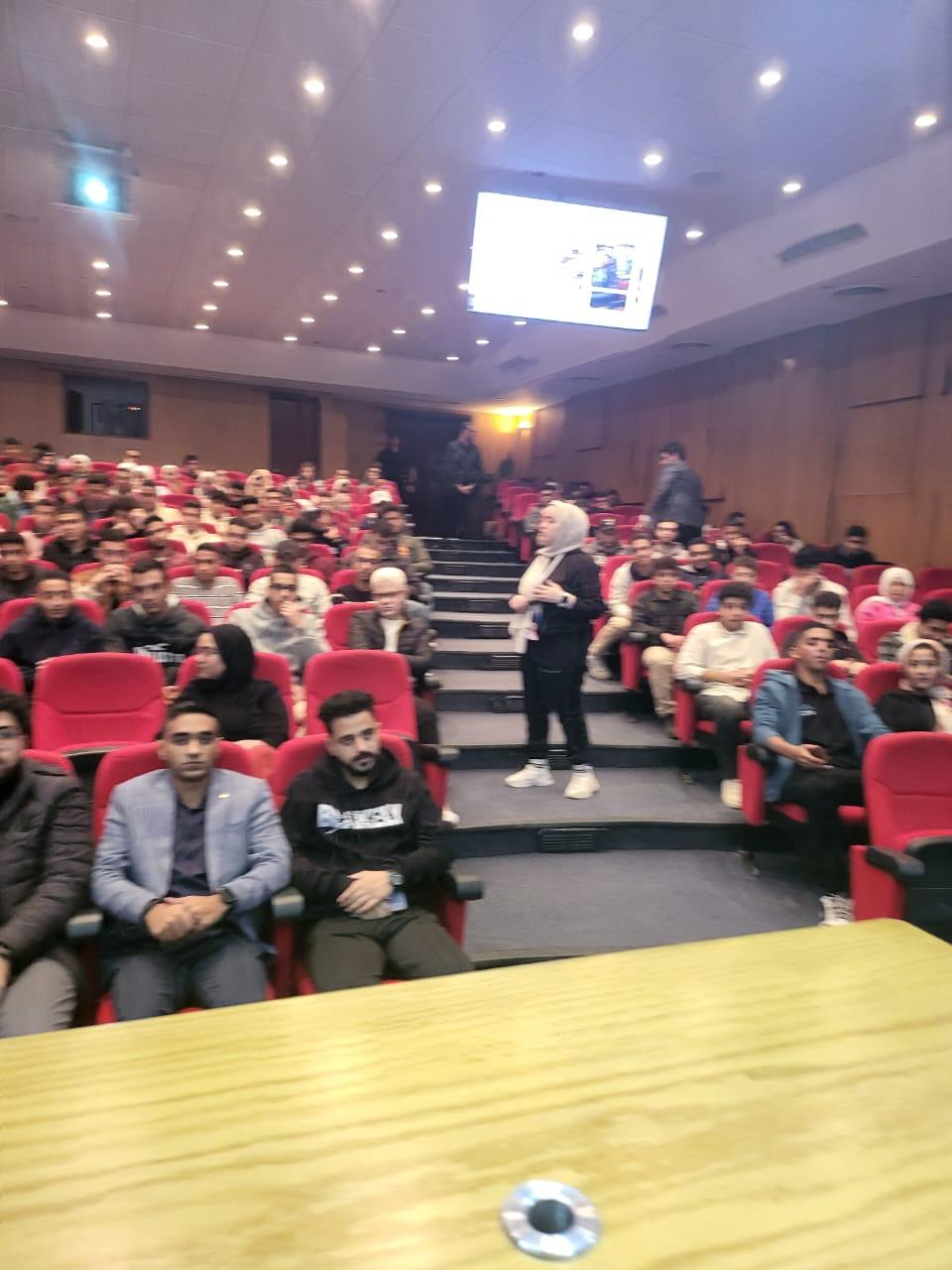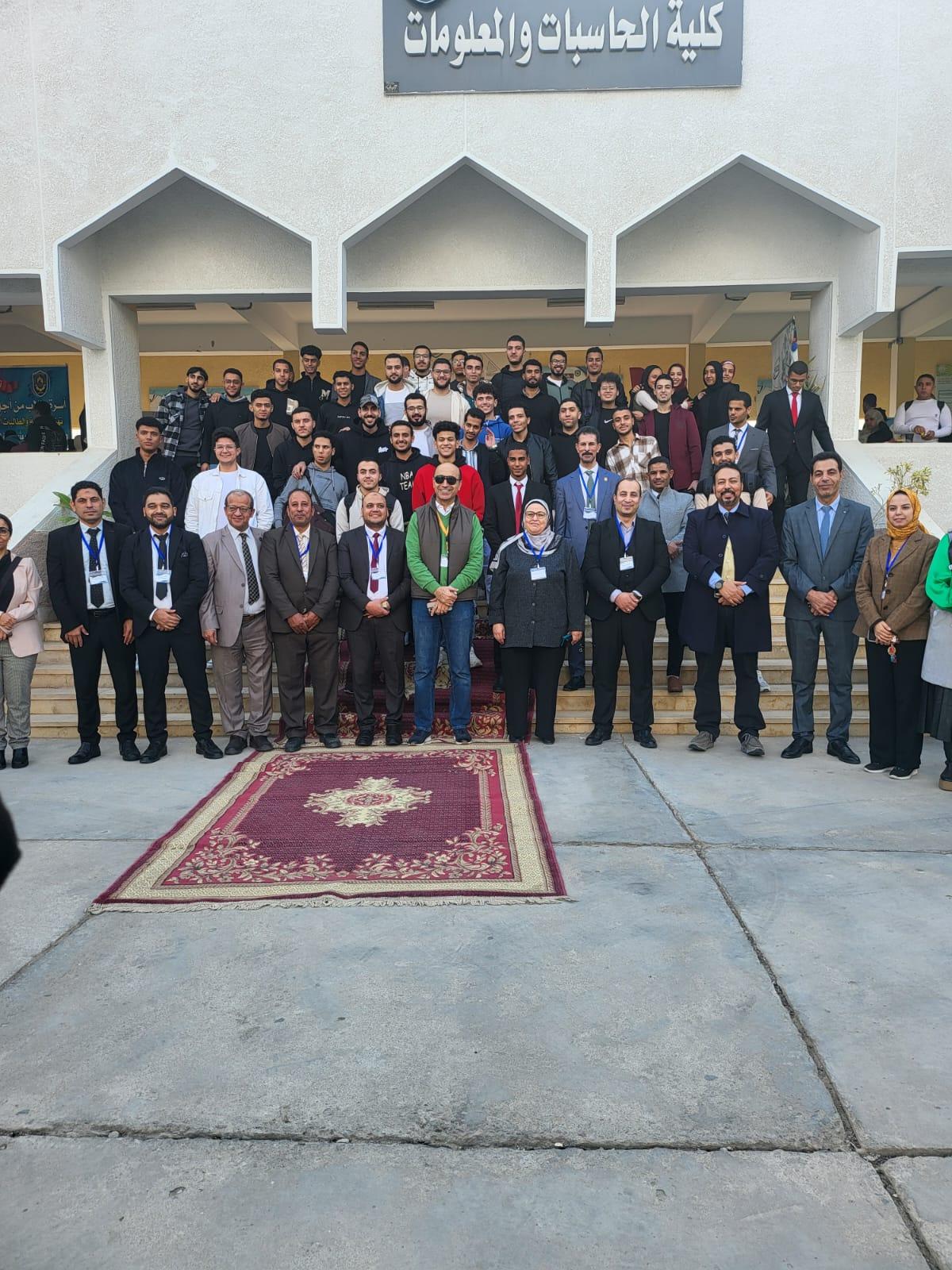By: Mohamed Elkholy
The INMA Board of Directors today approved an Advertising Initiative aimed at equipping media leaders with practical guidance on first-party data activation for advertising, premium ad products, revenue diversification strategies, measurement and attribution, AI, navigating brand safety, and evolved selling approaches.
Former New York Times advertising executive Gabriel Dorosz will lead the INMA Advertising Initiative. Dorosz is the former executive strategy director, advertising, and head of audience strategy & insights at The New York Times. He previously served in strategy roles at WPP, FCB, Cramer-Krasselt, Blast Radius, CTG/Morpheus Media, and more.
The Advertising Initiative will use practical research, case studies, and implementation guides to give CEOs and chief revenue officers the tools to build sustainable advertising revenue. Key deliverables for INMA members will include blogs, newsletters, Webinars, master classes, seminars, a Slack channel, reports, and Ask Me Anything sessions with members.
“We want to simplify and demystify what is often opaque or overly complex about the digital advertising ecosystem for media leaders,” said Earl J. Wilkinson, executive director and CEO of INMA. “We want to focus on realistic implementation rather than theory. We want to bridge the gap between the cutting-edge possibility and business realities.”
In a presentation to the INMA Board of Directors today, Dorosz recommended primary focus areas as:
First-party data activation for advertising revenue: Building actionable strategies to collect, unify, and monetise first-party data specifically for advertising use cases and revenue growth – for example, segmentation models and clean rooms.
Advertising format and product innovation: Developing high-performing advertising formats that deliver demonstrable results across channels such as video, audio, print-to-digital bridging, and cross-media packaging.
Sales and revenue diversification strategies: Creating balanced approaches that maximise direct deals while expanding beyond traditional display formats such as events, branded content, and programmatic.
Measurement and attribution excellence: Implementing frameworks that prove advertising impact and demonstrate ROI across platforms such as brand lift, incrementality, attention metrics, and cross-platform attribution.
Secondary focus areas include:
Talent and organisation design: Building the teams and structures needed to succeed in the evolving advertising landscape with focus on local market needs, talent attraction and development, and breaking silos.
Brand safety and news environment value: Transforming news content challenges into premium advertising advantages through differentiation of premium news environment and performance case studies.
AI-powered advertising operations: Deploying AI strategically across the advertising lifecycle – e.g. targeting, optimisation, dynamic pricing, and yield optimisation – to enhance efficiency, effectiveness, and revenue.
Ad industry insight and strategic partnerships: Understanding buyer perspectives, industry trends, insights and best practices (e.g., social, influencers, video), ad tech ecosystem dynamics, trade associations, and effective vendor relationships.
Board members emphasised the need to balance revenue models as well as legacy vs. digital models. Dorosz talked about the need to speak to different buyer motivations in different markets, whether quality- or scale-focused. He also discussed balancing direct and programmatic advertising, with programmatic providing efficiency at lower CPMs while direct sales requiring more innovation and resources but offering premium opportunities.
Board members suggested that the news industry could use an injection of creativity and ideas when it comes to advertising, with data and digital products crucial to success. Native advertising, events, and content commerce are also keys.
Another emerging theme from INMA Board members is the need to shift the news industry storyline from reach to engagement. For example, direct traffic is much more valuable than social and search. Measurement priorities should shift from performance to brand lift, incrementality, attention, and top-of-the-funnel metrics.
While legacy platforms such as print, television, and radio continue to deliver significant revenue to media companies, digital advertising and commerce is emerging as the future-proofing route for most. More than 75% of global advertising now goes to digital channels, Dorosz said.
The Advertising Initiative is INMA’s sixth active initiative focused on news media’s emerging business models: Readers First Initiative led by Greg Piechota; Digital Platform Initiative led by Robert Whitehead; Product & Tech Initiative led by Jodie Hopperton; Newsroom Transformation Initiative led by Amalie Nash; and Generative AI Initiative led by Sonali Verma.








